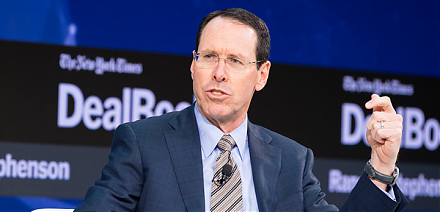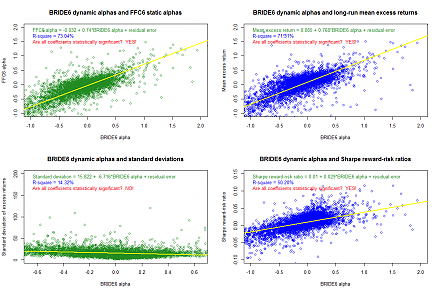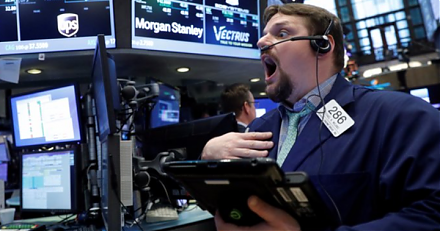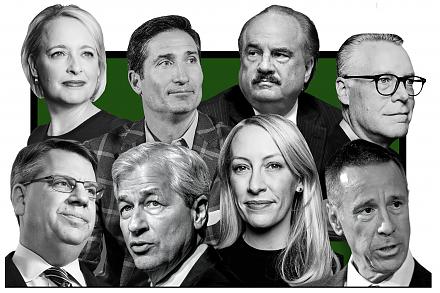

2018-08-05 12:34:00 Sun ET
federal reserve monetary policy treasury dollar employment inflation interest rate exchange rate macrofinance recession systemic risk economic growth central bank fomc greenback forward guidance euro capital global financial cycle credit cycle yield curve
JPMorgan Chase CEO Jamie Dimon sees great potential for 10-year government bond yields to rise to 5% in contrast to the current 3% 10-year Treasury bond yield. This bullish perspective reduces the relative likelihood of U.S. yield curve inversion that indicates a negative term spread between short-term and long-term Treasury bond yields. A negative term spread or yield curve inversion typically indicates the early dawn of an economic recession. On the basis of recent empirical evidence, this technical macroeconomic prediction has been correct since the 1970s.
Indeed, Dimon points out that the current bull market can run for another 2-3 more years. Dimon's bullish sentiment relies heavily upon the sunny scenario where the Federal Reserve continues the current interest rate hike in response to inflationary concerns. Core CPI inflation and PCE inflation hover around 2%; unemployment declines below 4%; and real GDP economic growth lands in the healthy range of 3% to 3.5% per annum. In other words, the U.S. economy now operates near full employment and productivity growth with moderate inflation.
However, several economists consider the 5% Treasury bond yield benchmark a long shot due to subpar inflation expectations. In the alternative light, these experts suggest that the 5% Treasury bond yield benchmark may not be imminent until the Federal Reserve continues the interest rate hike until late-2019 or even early-2020.
In any case, Dimon's bullish perspective resonates well with the recent comments by Larry Kudlow, executive director of the National Economic Council. Specifically, Kudlow advocates the optimistic outlook for the U.S. economy in light of both full employment and 3.5%-4% real GDP economic growth in mid-2018. Kudlow even emphasizes that the current U.S. economic boom may continue until 2022-2024.
Overall, these fundamental factors contribute to upbeat investor sentiments toward the current economic boom in America.
If any of our AYA Analytica financial health memos (FHM), blog posts, ebooks, newsletters, and notifications etc, or any other form of online content curation, involves potential copyright concerns, please feel free to contact us at service@ayafintech.network so that we can remove relevant content in response to any such request within a reasonable time frame.
2019-11-21 11:34:00 Thursday ET

Berkeley macro economist Brad DeLong sees no good reasons for an imminent economic recession with mass unemployment and even depression. The current U.S. ec
2021-07-07 05:22:00 Wednesday ET

What are the best online stock market investment tools? Stock trading has seen an explosion since the start of the pandemic. As people lost their jobs an
2018-06-07 10:36:00 Thursday ET

AT&T wins court approval to take over Time Warner with a trademark $85 billion bid despite the Trump administration prior dissent due to antitrust conce
2023-01-09 10:31:00 Monday ET

Response to USPTO fintech patent protection As of early-January 2023, the U.S. Patent and Trademark Office (USPTO) has approved our U.S. utility patent
2019-04-09 11:29:00 Tuesday ET

The U.S. Treasury yield curve inverts for the first time since the Global Financial Crisis. The key term spread between the 10-year and 3-month U.S. Treasur
2024-07-31 09:28:00 Wednesday ET

In the modern monetary system, each new CBDC helps anchor public trust in money in support of economic welfare, especially in a cashless society. In our